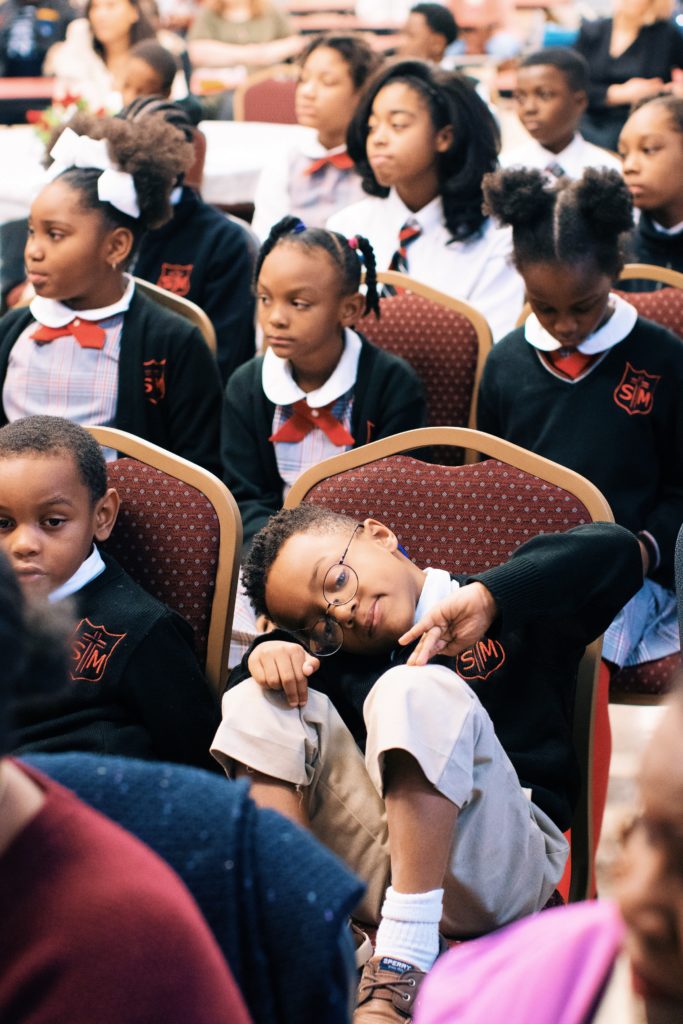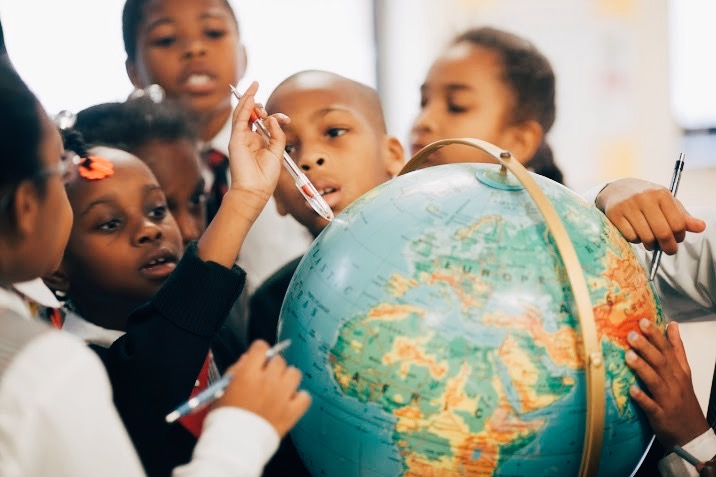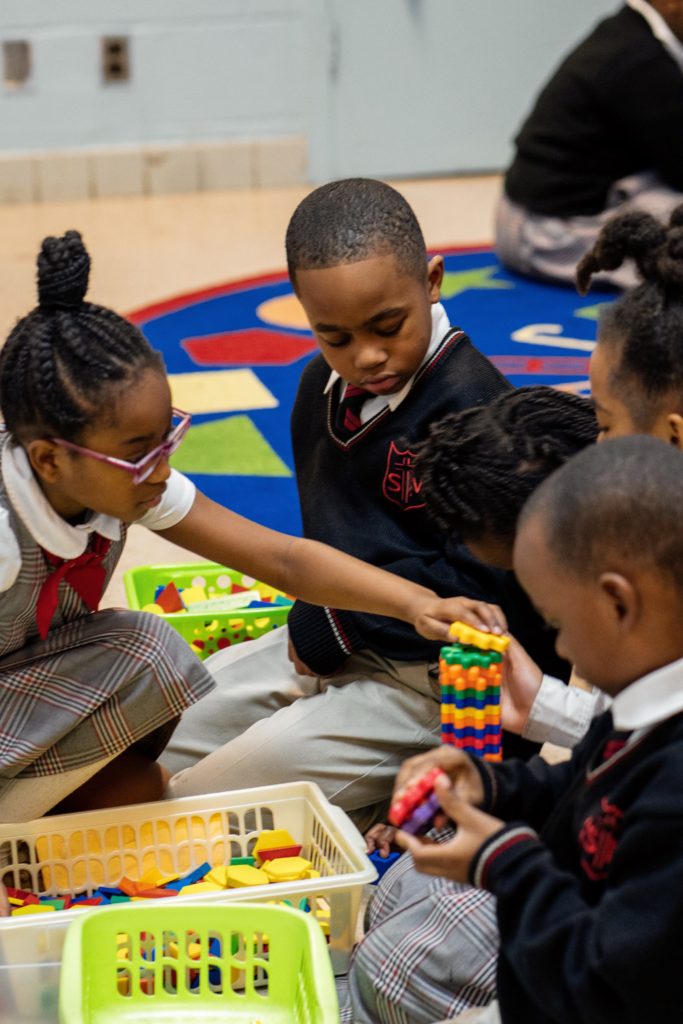
Growing up in a traditional education system provides one the opportunity to know the basics: one learns to read by the 1st grade, there is a consistent focus on number sense and each year until college we learn the complexities of adding, subtracting, multiplying, and dividing. There is a global commitment and agreement to educating the youth, but there isn’t a huge focus on the importance of building creative thinkers.

You see, education should be about preparing scholars for tomorrow’s problems, believe me, I get it, we want our kids to be able to read and write, but at what point might we also focus on building scholars with the capacity to think beyond the books; yielding individuals who are ready to solve the problems of the future.
At STM we have a dedication to building scholars sensitive to the design of the world and willing and ready to reimagine it! Our philosophy of education is being sure that scholars know the things society says they should, but also building space for scholars to use their imagination to configure the world around them in order to make it better.
When considering ways to build creative thinkers, we believe the following must occur:
- Build Agency: The STM scholars and educators are currently apart of a professional learning community out of Harvard University- Agency by Design. The goal of the cohort surrounds three key principals, developing scholars that are sensitive to the design of the world by looking closely, finding opportunity, and exploring complexities. Read more here.

2. Everyone’s an Expert: In traditional education one might often find the educator at the front of the room filling up empty vessels aka their scholars. At STM, we believe that everyone is an expert and there is value in building spaces for the learning to be facilitated by all; in addition, its important that we value the stories and experiences of our scholars in order to foster rich learning experiences. Looking for ways to building spaces of rich learning where all add to the space? Check out this work here.
Making, Tinkering, Curating, and Failing: If you were a kid obsessed with LEGOS like many of our STM scholars, you might remember the feeling of fun and critical thinking it took to develop masterpieces you made in the comfort of your home. When considering learning plans and learning experiences, educators must remember that making and playing is key. The Montessori framework has a solid framework that provides spaces for the educator to provide spaces where he or she is hands on in the learning, but more importantly, scholars have the time to be lifelong kindergartners. Check out this resource that we live by at STM.

Long story short, the consensus is clear, learning is impactful when scholars have the opportunity to thinking critically, but more importantly creatively. How might you build spaces within the context of your work that promotes both?
Education